How to grow amaranth microgreens at home?
At home, you can germinate grains of various vegetables, cereals and green crops. Microgreens of amaranth saturates the body with useful microelements and biologically active substances, one of which is squalene, a hydrocarbon-based lipid. Once in the body, it prevents the development of cancerous tumors and reduces the risk of cardiovascular disease. Amaranth has a sweet herbaceous taste, somewhat reminiscent of beetroot.
Useful properties of microgreens
The cultivation of microgreens (microgreens) is an increasingly popular direction of home gardening. Some even do small business in this occupation, producing products for cafes and restaurants. Microgreen is cut at the stage of appearance of the first 2 leaves. It is in this phase of growth that plants have the maximum concentration of nutrients.
According to scientific research, any microgreen has the following benefits:
- helps to cleanse the body of harmful compounds due to its high fiber content;
- promotes rejuvenation of the body, due to the high concentration of vitamins, minerals, antioxidants;
- with constant use causes accelerated growth of hair and nails;
- normalizes the work of the digestive system;
- improves blood counts;
- reduces low-density cholesterol;
- normalizes blood pressure;
- strengthens the immune system;
- increases vitality.
In this sense, amaranth microgreen is ahead of many other crops and is considered the champion in beneficial effects on the human body. An additional plus of this plant is that its use speeds up metabolism. This is especially valuable for people who are overweight.
Selection of seeds and soil
At home, you can grow amaranth microgreens of almost any variety. For the first landing, you will need about 2 tbsp. l. seeds.
The culture is presented for sale by varieties:
- Oscar Blanco;
- Opopeo;
- White Leaf;
- "Strong",
- "Valentina",
- "Helios";
- "Aztec".
Amaranth seeds do not require any special preparation before sowing; they undergo the necessary processing in production. Microgreens can be grown hydroponically; in this case, no soil is needed. It will be replaced by perlite, vermiculite, coconut fiber, linen rug or other substrate.
If it was decided to use soil for planting, it is better not to buy a ready-made substrate, it may be oversaturated with chemical fertilizers, which will turn into greens.
In this case, you should use garden soil with the addition of peat and sand. The soil is pre-calcined in an oven for 30–40 minutes at a temperature of about 100 ° C to kill bacteria and fungal spores. The same primer can be used no more than 3 times, then it needs to be replaced.
Growing microgreens amaranth red
Red amaranth is more useful, and this is due to the rich color of the leaves. Such microgreens can additionally decorate the interior. Tea brewed from red amaranth leaves acquires a rich wine hue, a pleasant taste, and contains a large amount of antioxidants.
Sowing seeds is carried out in a container with low sides (5-10 cm). The container material can be anything. If amaranth is grown without soil, you will need to select a substrate material. A thin base is laid in several layers for better moisture retention. Of the available materials, paper towels, cotton wool, gauze are suitable.
Sowing microgreens should be fairly dense (about 10 seeds need to be placed for every 3 sq. Cm). In this case, the seeds should be evenly spaced, without touching each other, otherwise mold may start in the container. A toothpick will help spread the seeds. Top crops are sprinkled with a thin layer of earth.
The soil should be moderately moist at the time of planting. From above, the seeds are sprayed with water from a spray bottle and covered with a transparent lid or a piece of polyethylene. In the shelter, you need to make several small holes for ventilation, remove it after germination. The temperature should be maintained at a level of 20-22 ° C, if necessary, install the backlight with phyto-lamps or LEDs.
Harvesting
Sprouts begin to appear above the soil surface 2-3 days after sowing. If this does not happen, the reason lies in poor-quality seeds, low temperature or waterlogged soil. With full compliance with the technology, the crop can be obtained in 10 days. There are many ways to cut greens.
It is permissible to cut off the entire vegetative mass at the same time and immediately produce a new crop in this container. If the seedlings are uneven, use the second method. Amaranth is thinned out, first of all choosing the strongest plants, thereby creating favorable conditions for the growth of the remaining seedlings.
Do not wait for more than two leaves to grow on your plants. Overgrowing, microgreens lose a significant part of nutrients.
Cutting is carried out with sharp scissors. Store greens for 5-6 days in the refrigerator, placing them in an airtight container. You can use amaranth microgreen as a side dish for meat and fish. Leaves are also added to snacks, salads, smoothies, cocktails.
Amaranth is one of the most suitable crops for growing microgreens, besides, it is much superior to other plants in terms of the content of nutrients. Regular consumption of sprouts in food will improve health, skin and hair. For losing weight, amaranth will help speed up the loss of extra pounds. To get microgreens in a short time, it is important to maintain the temperature, humidity and light conditions at an optimal level.
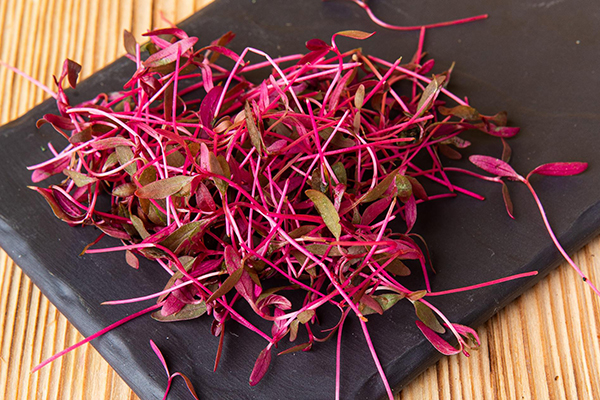
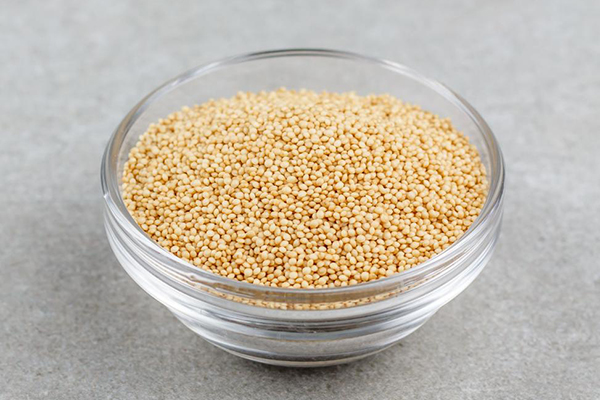
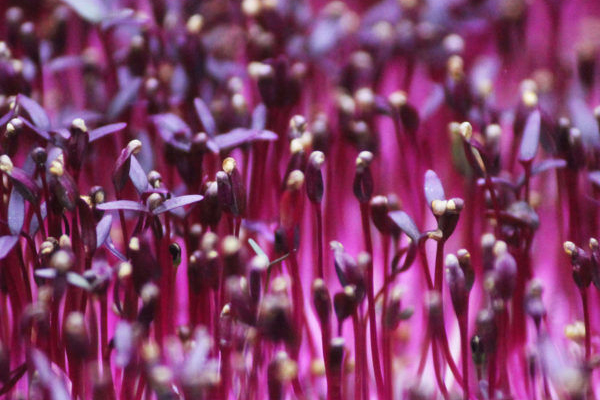

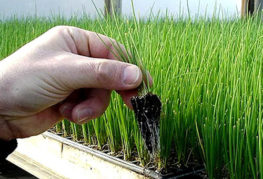
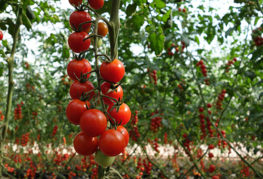
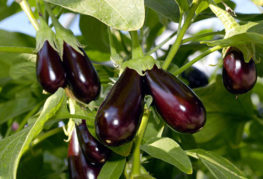
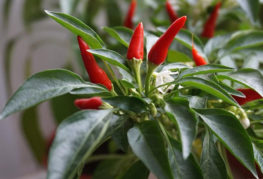
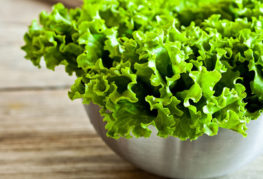
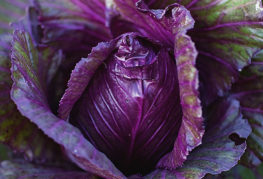
and will be published shortly.